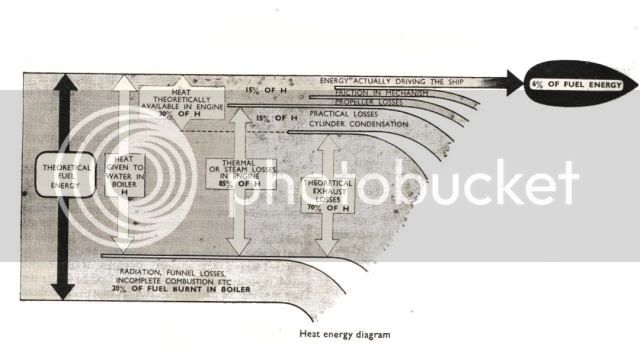Bernd
Well-Known Member
Not to knock Alan's link to the Mike Brown's steam engine, but have any of you checked out the rest of his web site: "Mike Brown Solutions". It makes me a bit leary. He also advertised a few times in Live Steam. I don't know if anybody has ever tried his steam engines. My instinct tells me "Buyer Beware"
Here's the link to the main page: http://www.mikebrownsolutions.com/index.html
Make up your own mind after browsing the site.
Bernd
Here's the link to the main page: http://www.mikebrownsolutions.com/index.html
Make up your own mind after browsing the site.
Bernd







